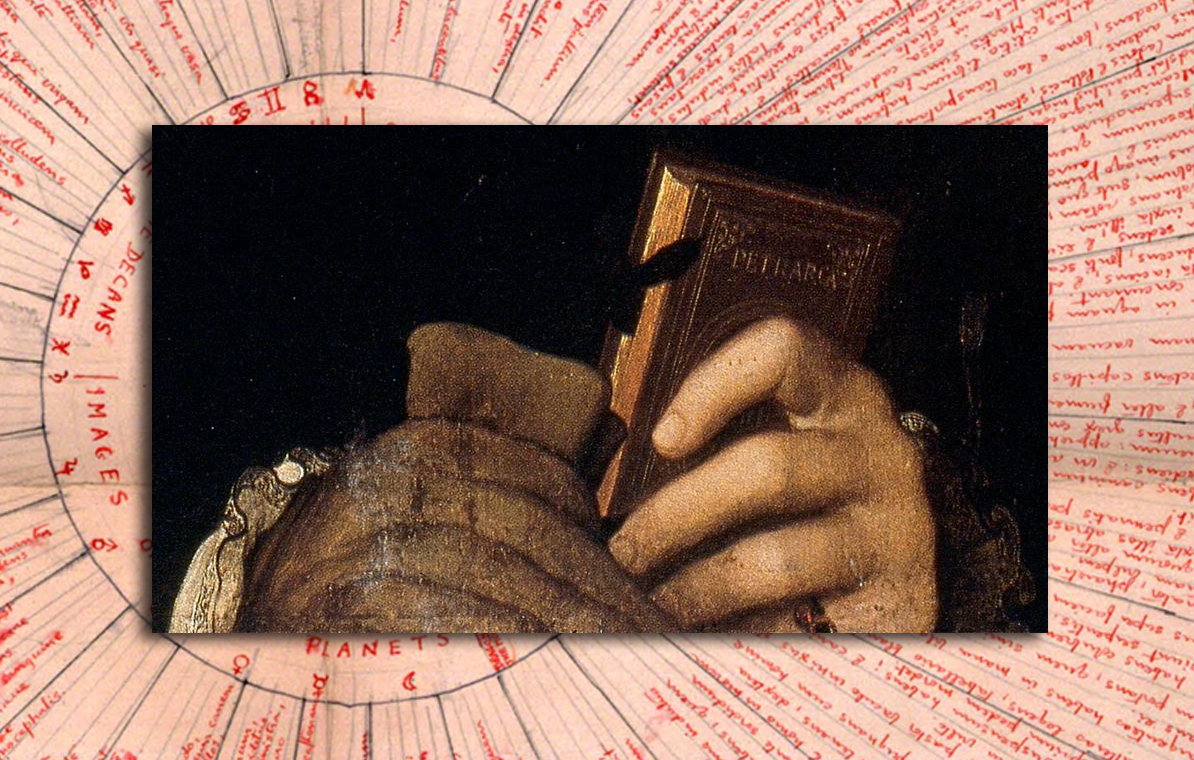The digital collections of words and images of the CTL - Scuola Normale Superiore: the case of Orlando Furioso
DOI:
https://doi.org/10.5399/uo/hsda.3.1.1626Abstract
The aim of this paper is to present the activities and research methodologies of CTL (Centro di Elaborazione Informatica di Testi e Immagini nella Tradizione Letteraria), a laboratory of the Scuola Normale Superiore of Pisa, founded and directed by Lina Bolzoni. CTL’s objective is to investigate the complex structure of relationships between the linguistic and the figurative code in literary tradition, paying particular attention to the XVth, XVIth and XVIIth centuries and using information technologies both as an auxiliary research tool and as a medium for scientific dissemination. Here I shall be discussing the Centre’s digitalization projects, and in particular the project concerned with the Orlando Furioso and its remediation into images. This project, active since 2007, is, I believe, particularly representative of the progressive implementation within CTL of both traditional and computer-related methodologies in the planning of digital collections dedicated to words and images.Downloads
Published
2013-04-24
Issue
Section
Interventions
License
Copyright (c) 2013 Serena Pezzini

This work is licensed under a Creative Commons Attribution-NoDerivatives 4.0 International License.
Authors who publish with this journal agree to the following terms:
- Authors retain copyright and grant the journal right of first publication with the work licensed under a Creative Commons Attribution No Derivatives License that allows others to share the work with an acknowledgement of the work's authorship and initial publication in this journal.
- Article and journal metadata is released under a Creative Commons Attribution license.
- Authors may enter into separate, additional contractual arrangements for the non-exclusive distribution of the journal's published version of the work (e.g., post it to an institutional repository or publish it in a book), with an acknowledgement of its initial publication in this journal.
- Authors are permitted to post their work online (e.g., in institutional repositories or on their website) prior to and during the submission process, as this can lead to productive exchanges, as well as earlier and greater citation of published work (See The Effect of Open Access). Indicate that the manuscript is under submission.

